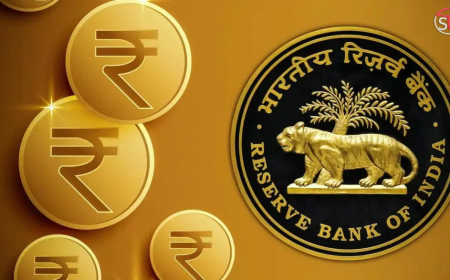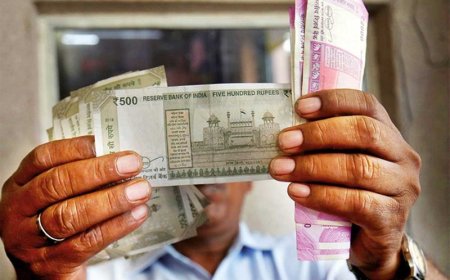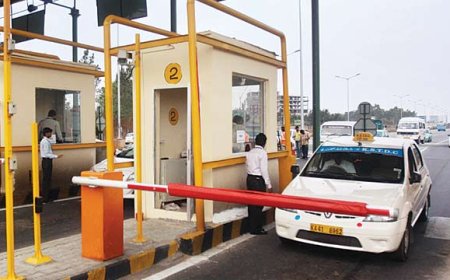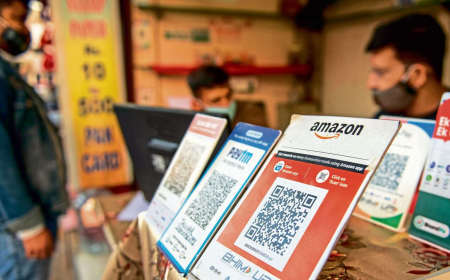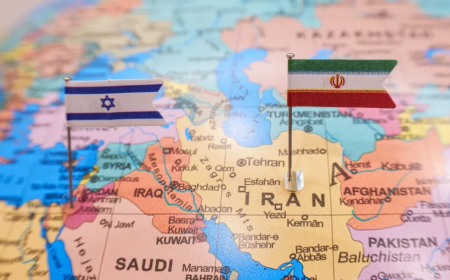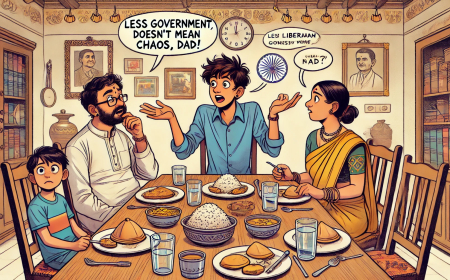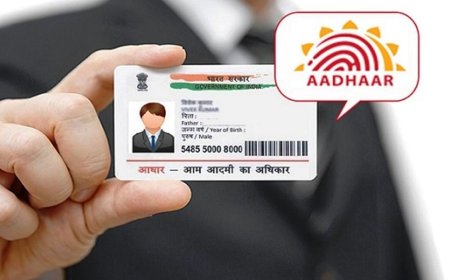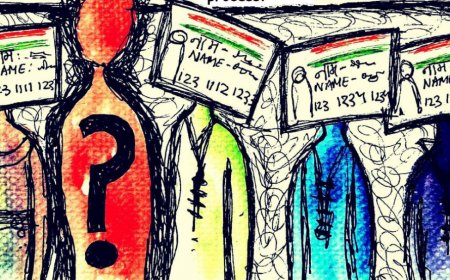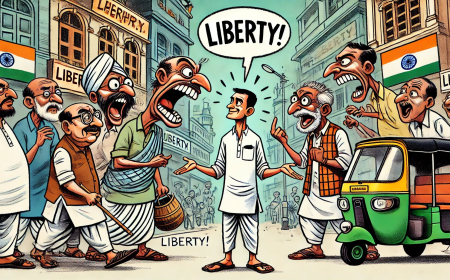Introduction

India’s healthcare sector is a paradox. While it boasts world-class private hospitals like Apollo and Fortis, government hospitals remain underfunded, overcrowded, and inefficient. With long wait times, inadequate facilities, and a severe doctor shortage, millions of Indians turn to expensive private healthcare, often going into debt to afford basic treatments.
But what if we flipped the system? What if India moved towards a market-driven healthcare model—where private hospitals, AI-based clinics, and insurance-backed healthcare took center stage? Could we finally bridge the urban-rural healthcare divide?
Here’s why privatizing healthcare might be the radical solution India needs.
1. Why Do Private Hospitals Deliver Better Services Than Government Ones?

The contrast between private and public hospitals in India is stark:
✅ Efficiency & Innovation: Private hospitals use the latest technology, hire top doctors, and streamline patient care. Government hospitals, in contrast, are bogged down by bureaucracy.
✅ Accountability: Since private hospitals rely on customer satisfaction, they ensure quality services. Public hospitals, being government-funded, lack this pressure.
✅ Access to Advanced Treatments: While government hospitals often lack life-saving drugs or equipment, private hospitals quickly adapt to new medical breakthroughs.
Real-world example: In the case of the COVID-19 pandemic, India’s private healthcare sector played a crucial role in testing, treating, and vaccinating the population while government hospitals struggled with capacity constraints.
2. What If AI and Telemedicine Clinics Replaced Government Hospitals?

With the rise of AI and telemedicine, India can revolutionize healthcare access, especially in rural areas.
???? AI-Driven Diagnosis: Startups like Qure.ai and Niramai are already using AI to detect diseases like tuberculosis and breast cancer faster than traditional methods.
???? Telemedicine Expansion: Companies like Practo and Tata 1mg are making quality consultations accessible even in the remotest villages.
???? Lower Costs, Higher Efficiency: AI-based clinics can reduce healthcare costs by cutting down unnecessary visits, misdiagnoses, and treatment delays.
Case Study: Aravind Eye Hospital, a private hospital in Tamil Nadu, has pioneered AI-based eye screenings, drastically reducing blindness rates in rural areas. If a single hospital can make such an impact, imagine what a nationwide rollout could achieve.
3. Could Insurance-Backed, Market-Driven Healthcare Replace Government Hospitals?

Many developed countries successfully use insurance-driven healthcare models rather than relying on government-run hospitals. Could India follow suit?
???? Lower Out-of-Pocket Expenses: Instead of paying massive bills upfront, patients could use affordable insurance plans.
???? More Competition = Lower Prices: If hospitals had to compete for insured patients, costs would go down, and service quality would go up.
???? Better Access to Specialists: A market-driven system ensures top medical talent is spread across cities and villages rather than concentrated in metro areas.
Counterargument: Critics fear that privatization would leave the poor behind. But with micro-insurance schemes (already successful in Africa and Latin America), even low-income families could afford quality care.
4. How Free Markets Could Fix India’s Rural Healthcare Crisis
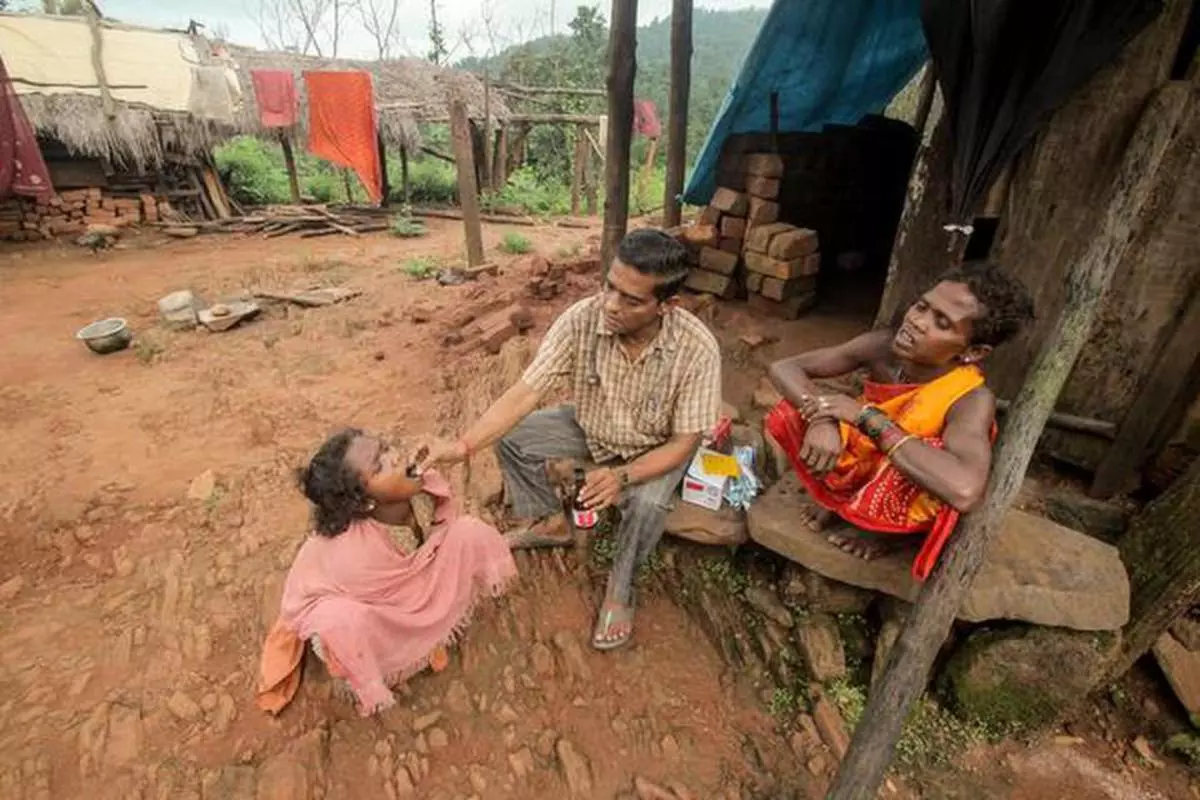
Nearly 70% of India’s population lives in rural areas, yet 80% of doctors are concentrated in cities. This urban-rural healthcare divide is massive.
Possible free-market solutions:
✔️ Private hospital chains could be incentivized to expand into smaller towns.
✔️ Telemedicine and mobile clinics could serve as the first line of defense in remote areas.
✔️ Private micro-insurance firms could create health plans tailored for rural India.
Success Story: In Karnataka, Narayana Health, a private hospital chain, built a super-specialty hospital in Mysuru with subsidized pricing, proving that private healthcare can be affordable.
Conclusion: Is It Time for a Healthcare Revolution?
India’s government hospitals have struggled for decades, and taxpayers continue to fund an inefficient system. Instead of relying on more government intervention, a market-driven approach with AI, insurance, and private hospitals could provide better, faster, and more affordable healthcare.
If India can embrace private-sector innovation in food delivery (Swiggy), transport (Ola), and finance (UPI), why not in healthcare? It’s time to rethink how we save lives.
???? What do you think? Should India privatize healthcare or stick with the current system? Let’s discuss in the comments!















